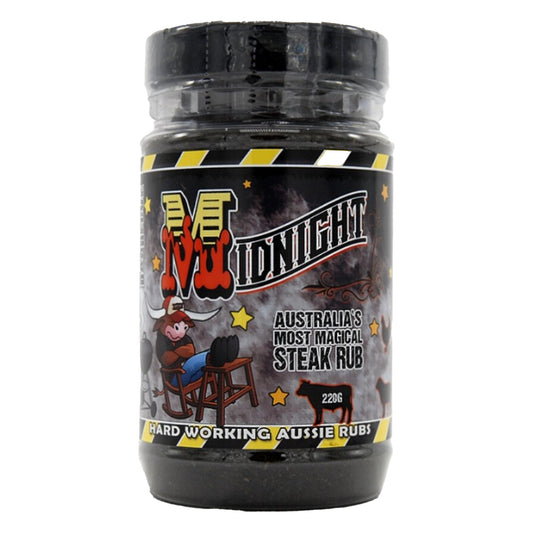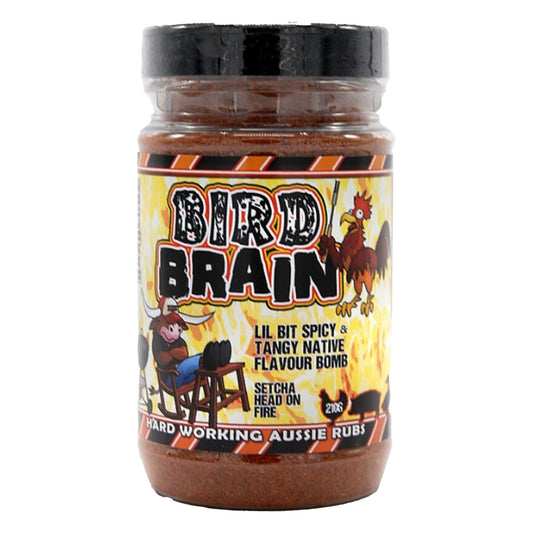When it comes to cooking lamb, there's nothing worse than a tough, flavourless meal. But you can be sure that your lamb is cooked to perfection every time by using our simple temperature guide. Find out the perfect cooking temperature and how to achieve the best results.
What Temperature Should Lamb Be Cooked At?
To ensure that your lamb is cooked to perfection, use a food thermometer to measure the internal temperature of the meat. For medium-rare lamb, aim for an internal temperature of 145°F (63°C). If you prefer your lamb more well-done, the internal temperature should reach 160°F (71°C). Keep in mind that lamb can also be enjoyed rare, as long as the internal temperature reaches a minimum of 135°F (57°C).
| Level of Doneness | Internal Temperature (°F) | Internal Temperature (°C) |
|---|---|---|
| Rare | 135°F | 57°C |
| Medium-Rare | 145°F | 63°C |
| Medium | 160°F | 71°C |
| Well-Done | 170°F | 77°C |
How Long Does It Take to Cook Lamb?
The length of time it takes to cook a cut of lamb will depend on the size and thickness of the meat, as well as how rare or well-done you prefer it. For example, a boneless leg of lamb (1 kg) cooked at 350°F (176°C) may take 1 ½ hours for rare, 2 hours for medium-rare and 2 ½ hours for medium. Keep in mind that each oven is different, so always use a food thermometer to check that the internal temperature has reached your desired doneness.
How Can You Tell When Your Lamb Is Fully Cooked?
Knowing when the lamb is done is an important part of getting the best results. To ensure that your lamb is cooked to perfection, you should check the internal temperature with a food thermometer. For rare lamb, a temperature of 140°F (60°C) is recommended; for medium-rare, 145°F (63°C); and for medium, 160°F (71°C). It’s best to remove the lamb from the oven when it is 10–15 degrees lower than your desired doneness because it will continue to cook as it rests.
What Are the Benefits of Low and Slow Cooking for Lamb?
Low and slow cooking methods offer numerous benefits when it comes to cooker lamb. This type of cooking gives the flavors time to develop, allowing the fat to slowly render out of the meat. It also offers a much more tender and juicy result, as the slow-and-steady heat prevents proteins from becoming tough and chewy. A thermometer also ensures food safety by keeping track of your meat’s internal temperature.
What Are Some Tips for Storing and Reheating Leftover Lamb?
Leftover cooked lamb can be stored in the refrigerator for up to 3 days. When reheating, it’s important to avoid overheating since this will cause the meat to lose its moisture and become dry. Reheat lambs at low temperatures until it reaches an internal temperature of 85°C. Store lamb in airtight containers or plastic wraps to maintain freshness and help prevent spoilage.
FAQs
-
What is the most preferred level of doneness for lamb?
- Medium-rare is often considered the sweet spot for cooking lamb as it offers a tender texture while retaining rich flavors.
-
How long should I let my lamb rest after cooking?
- Allowing your lamb to rest for about 10-15 minutes post-cooking is advisable to let the juices redistribute and the internal temperature to rise to the desired level.
-
Can I cook lamb without a food thermometer?
- While it's possible, using a food thermometer significantly increases the chances of achieving your desired level of doneness accurately.
-
Is the low and slow cooking method suitable for all cuts of lamb?
- Generally, yes. Low and slow cooking is particularly beneficial for tougher cuts as it tenderizes the meat and enhances the flavor.
-
How can I prevent my reheated lamb from drying out?
- Reheating at low temperatures and covering the meat to retain moisture can help prevent drying out.



